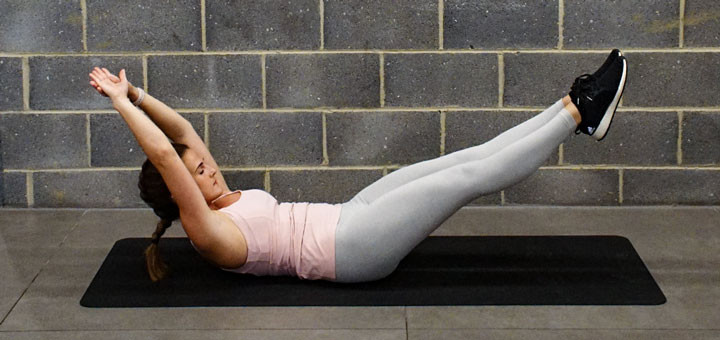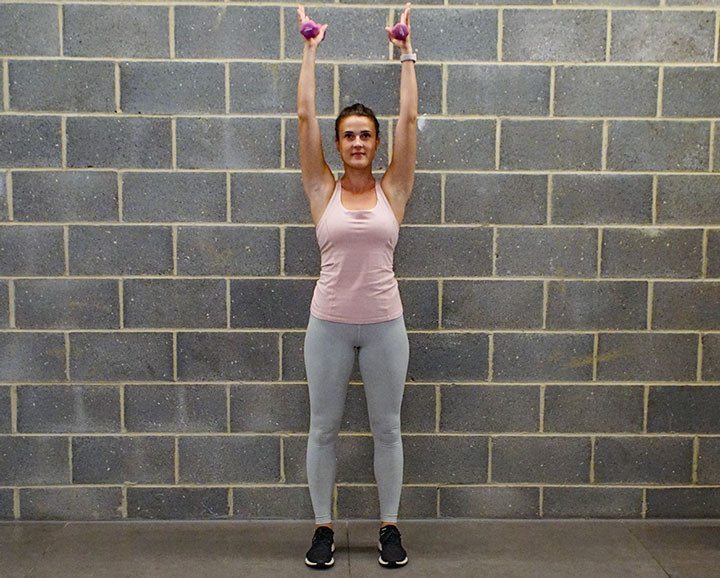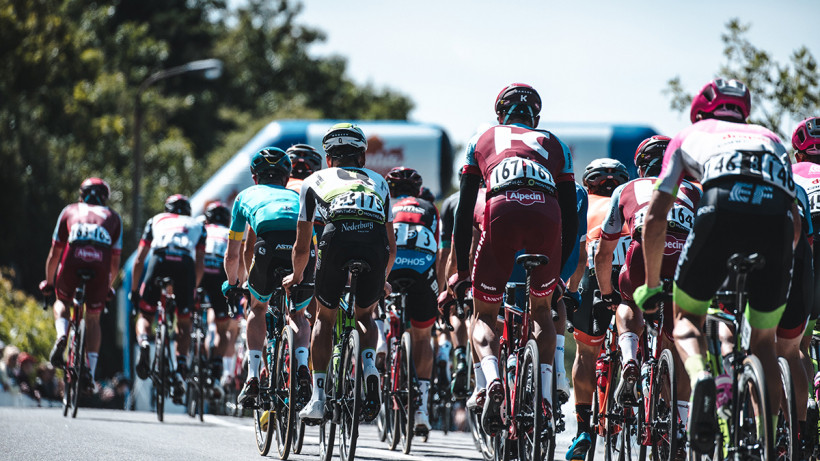Train outside the box with a workout to improve your mobility, flexibility and core strength
The benefits of adding in flexibility, mobility and yoga into your training are enormous. Not only does it help to prevent against injuries, but the additional range of motion as a result can have massive implications as to how efficiently you move.
For triathletes, those benefits are threefold. If you can increase your overall mobility across three disciplines you’re looking a some very nice speed improvements over the race. Mobility and range of motion are especially important for triathletes due the the varied nature of movements, especially considering that the effect of cycling and running for a prolonged period can cause certain muscles to tighten and shorten.
- Get strong, go fast: Best strength exercises for runners
About the experts
We spoke to the team at FLY LDN, the London non-yogi yoga studio, for expert guidance on the best way to prepare and equip your body for a triathlon. We got the advice of FLY LDN Head of Yoga Fi Clark and Katie Anderson about the yoga moves to get runners, swimmers and cyclists stretched and ready.
To strengthen glutes and outer hip
Weighted Lateral Lunge
How to do it: Start by holding either a kettlebell or a dumbbell with both hands cradled to the chest. Step out laterally (to the side) in a lunge position keeping your standing leg straight and working leg bent. Make sure to use a hip hinge with a straight back to get into your lateral lunge correctly.
Focusing on squeezing lats together and sending the tailbone back. Make sure knee alignment is over the toe and and that the toe is either parallel or turned out ever so slightly. Exhale to stand back up and repeat to their side.
Reps: Complete 4-6 on each side three times.

To lengthen glutes and the outer hip
Standing pigeon pose
How to do it: From standing, lift the right knee into your chest and then stack your right ankle over your left thigh. Keep the right foot flexed to protect your knee and take a deep bend into your left knee to open your outer right hip and glute.
Bring hands into prayer at your chest and keep the spine long to find extra depth into your hip. To take this stretch deeper, fold from the hips to bring hands down to the floor, keeping a deep bend in the left knee.
Hold: For at least five long breaths before repeating on the left side.

To open shoulders
Melting heart pose
How to do it: From a table top position (all fours), keep your hips directly over your knees and walk your hands forward until your forehead is on the floor and arms out stretched in front of you. Use exhales to sink your chest deeper towards the floor to create space in between your shoulder blades.
To deepen, bring your chin instead of forehead to the floor and lift palms and forearms with fingertips down. If you are tight between your shoulders use a block or blanket under your forehead so that it isn’t suspended.
Hold: For at least 10 long breaths.

To strengthen quads, glutes and the hip flexors
Forward stepping lunges
How to do it: With the feet hip distance apart, step forward with one leg and melt the back knee down to 90 degrees. Make sure your front leg also melts to 90 degrees keeping the knee in line with your ankle or shoe laces. Step back making sure not to wobble around. Alternate to your other leg. Start with hands on hips, progress to hands over head. The advanced option is to hold two dumbbells overhead.
Reps: Complete 8 reps three times.

To lengthen quads and the hip flexors
Hero pose
How to do it: Kneeling up, bring both knees to touch. Have ankles wide enough so that you can sit down in between them, you may need to roll your calf muscles away from you as you sit down. Either stay sitting upright or recline back to forearms or all the way behind you to the floor. If you are tight in your quads, do this sitting on a block with one leg straight and then swap sides after five deep breaths.
Hold: For at least 10 long breaths.

To strengthen the core
Hollow hold
How to do it: Lie flat on your back, legs straight and hands overhead. Inhale, and as you exhale, lift your legs and arms off the ground pressing belly button to spine. The strength of your core will determine what height you hover the arms and legs.
A beginner option would be to lift them a little higher, advance option would be to just hover off the ground. The main focus point is the placement of your mid/lower back against the ground. Make sure it is constantly pressing down against the floor by engaging the core and rib cage through your breathing.
If your back lifts off then you need to increase the height of your arms and legs. For an advanced option, hold a dumbbell with both hands as you hollow hold.
Hold: For at least 10 long breaths.

To stretch the core and intercostal muscles
Supported bridge
How to do it: From lying down, bend your knees bringing the soles of the feet to the floor. Push feet into the ground and lift up your hips into a bridge pose. From here either use yoga blocks, a bolster or cushion underneath your lower back and rest your weight onto the prop.
To work deeper into the front side of the body, straighten your legs and stretch your arms behind your head.
Hold: For at least 10 long breaths.

To strengthen the shoulders
Standing overhead press including variations to increase with two weights and added squats
How to do it: Stand feet hip distance apart, feet parallel. Using either two kettlebells or one dumbbell, position arms open with hand over the 90 degree elbows (lat pull down position). Using your breath, exhale and drive the arms straight over the head. Using tempo, slowly lower down to starting position. Make sure the rib cage doesn’t flare and arms lift evenly.
Beginners’ option: Holding only one kettlebell or or one dumbbell.
Advanced option: Adding a squat to overhead press or adding more weight.
Reps: Complete 8 reps three times.






